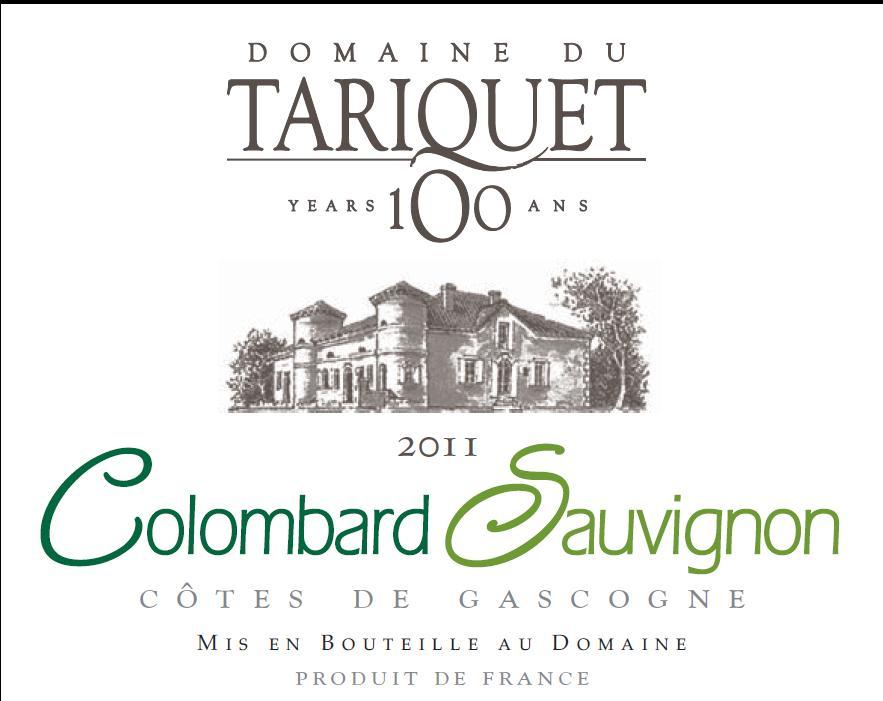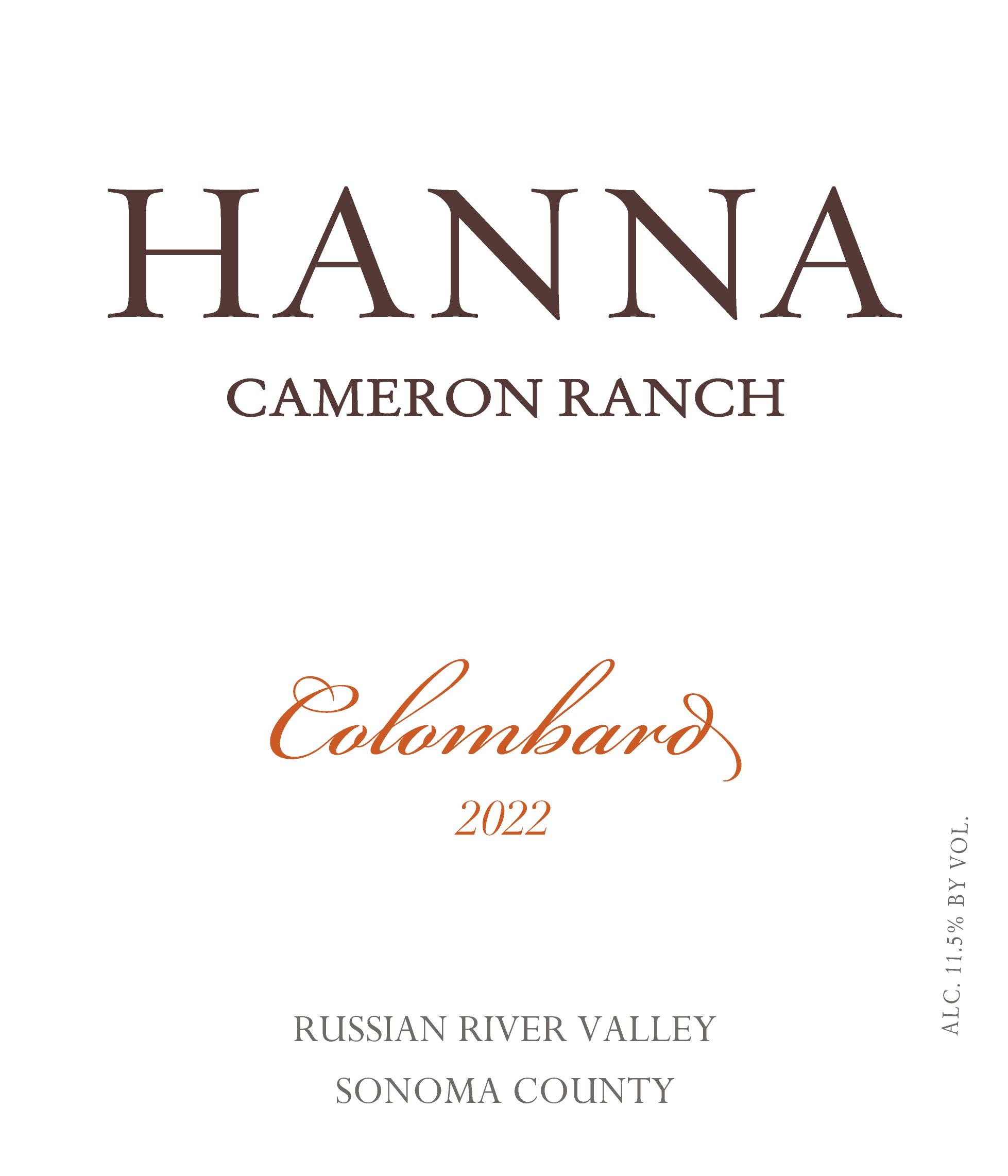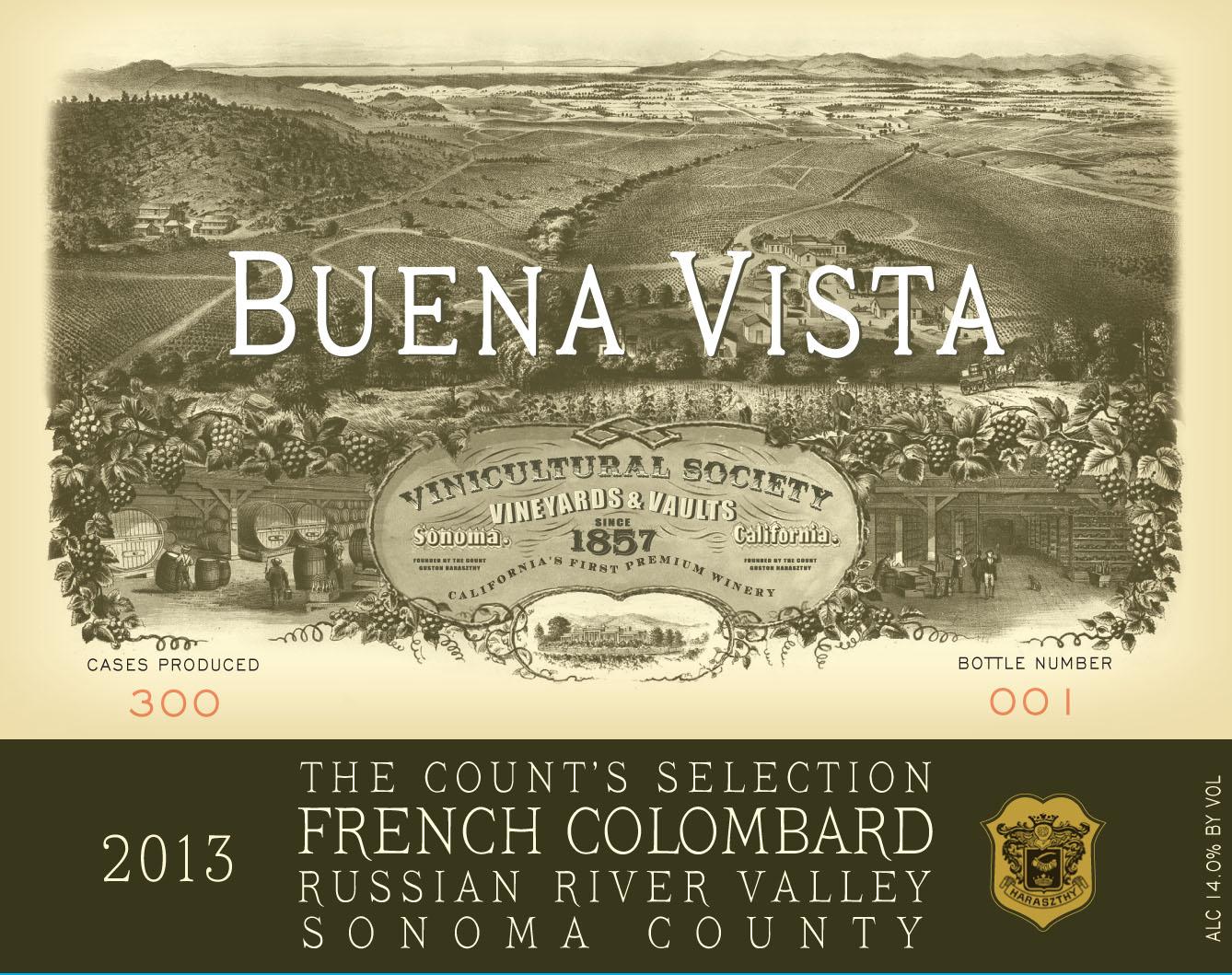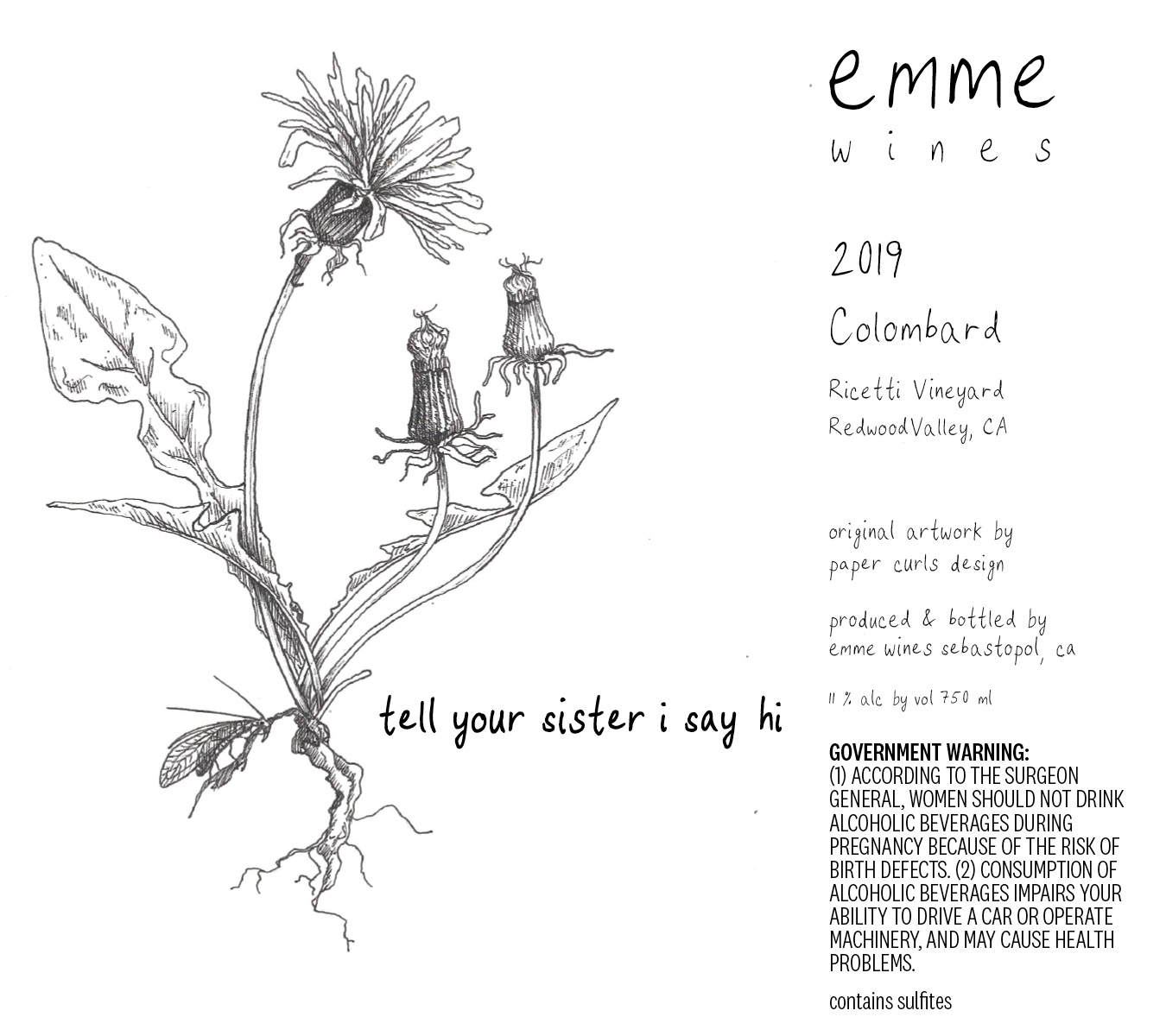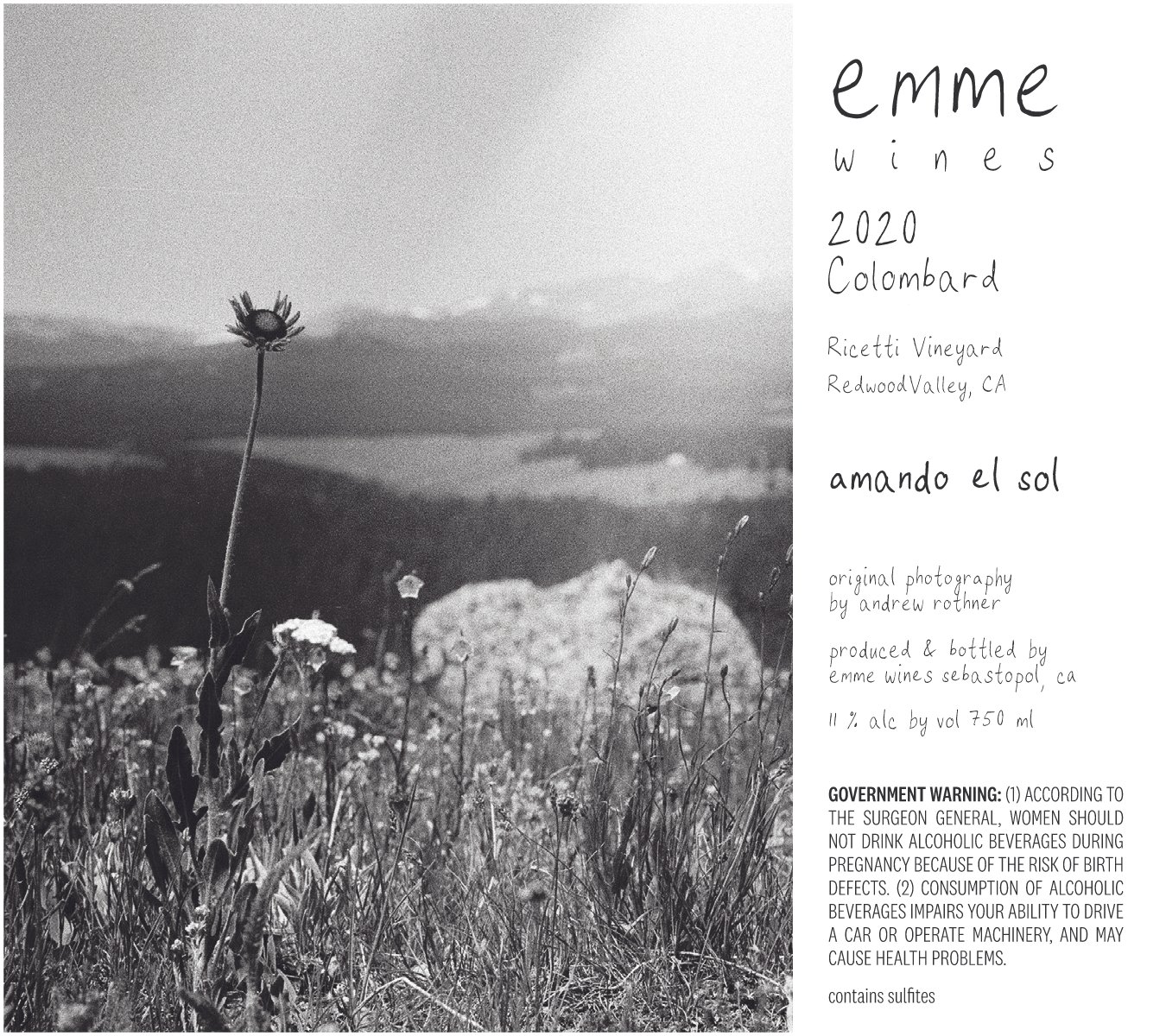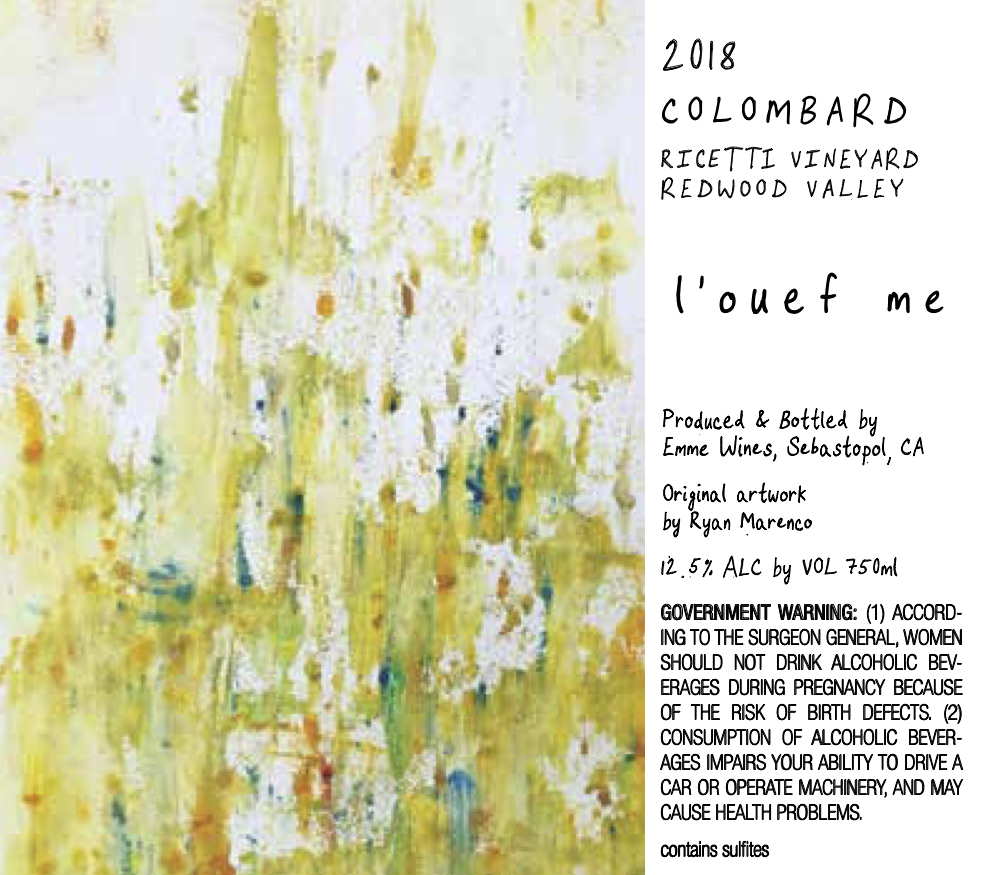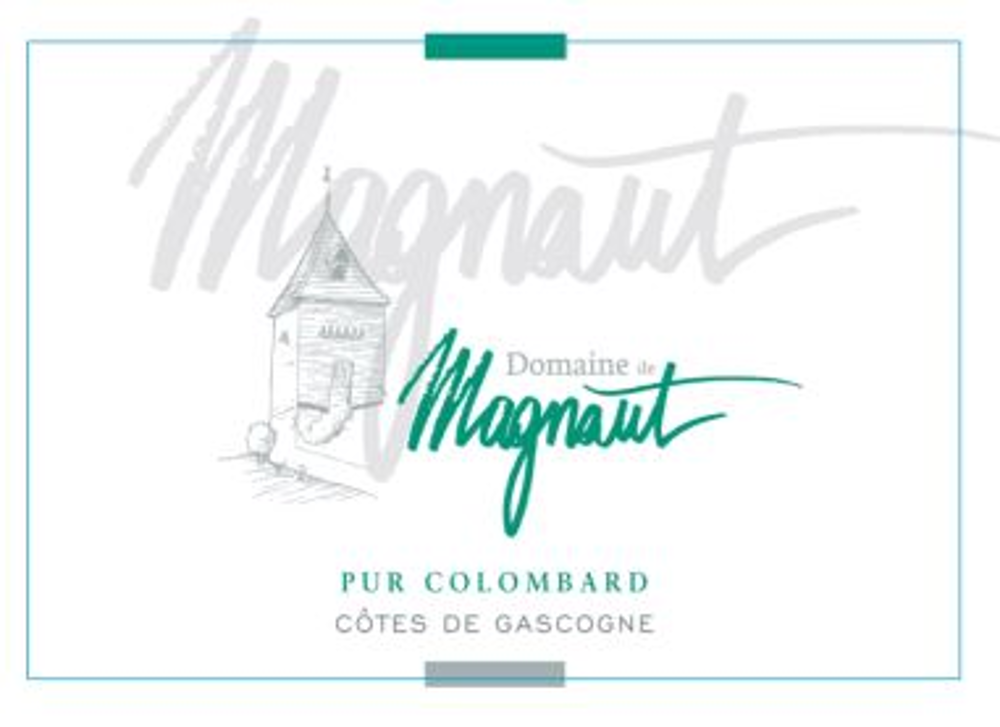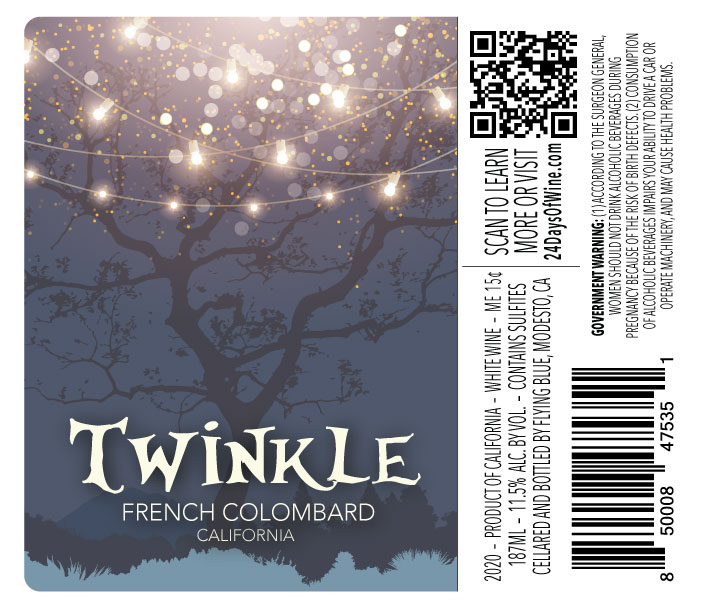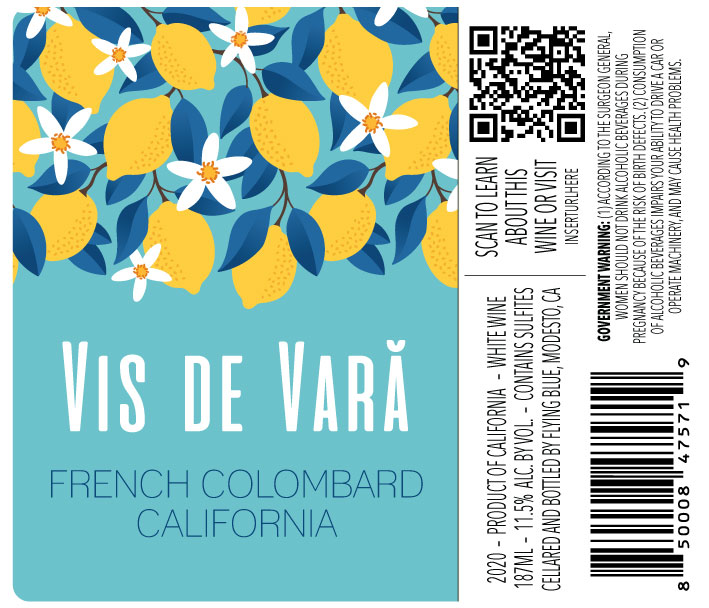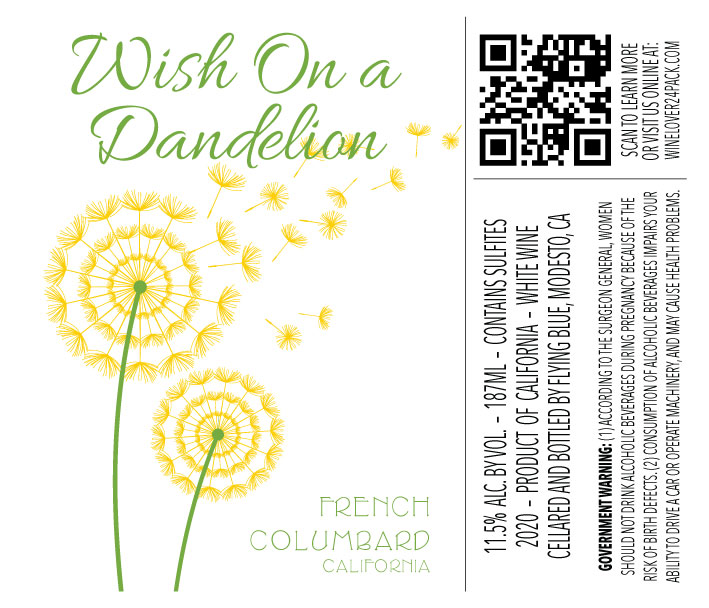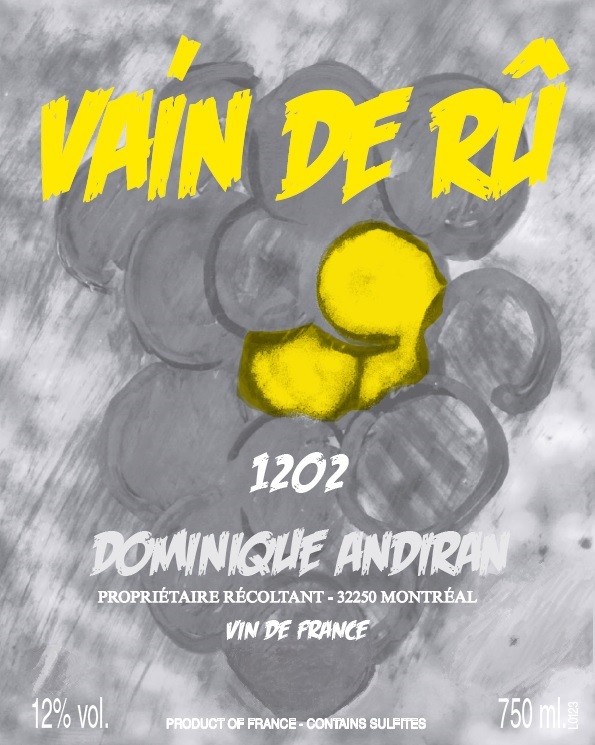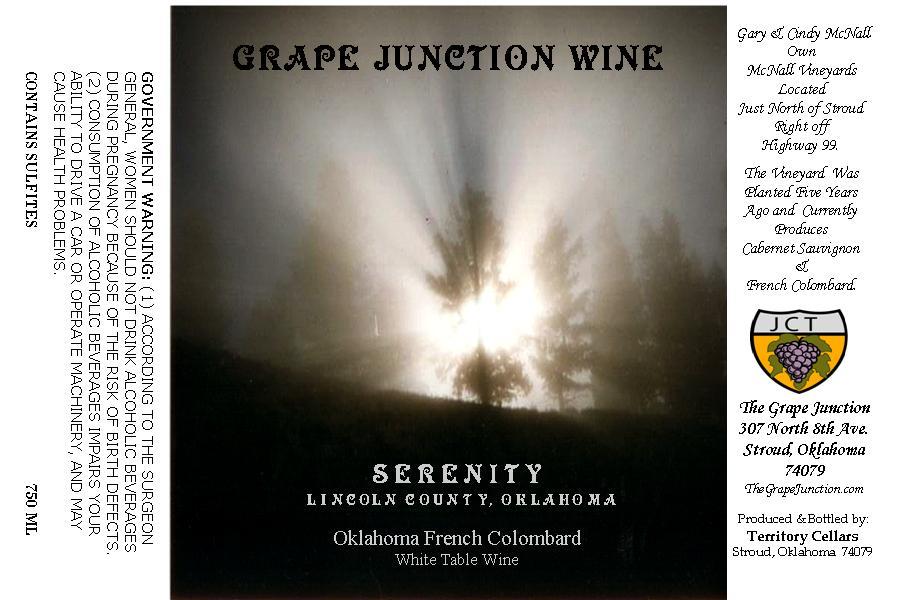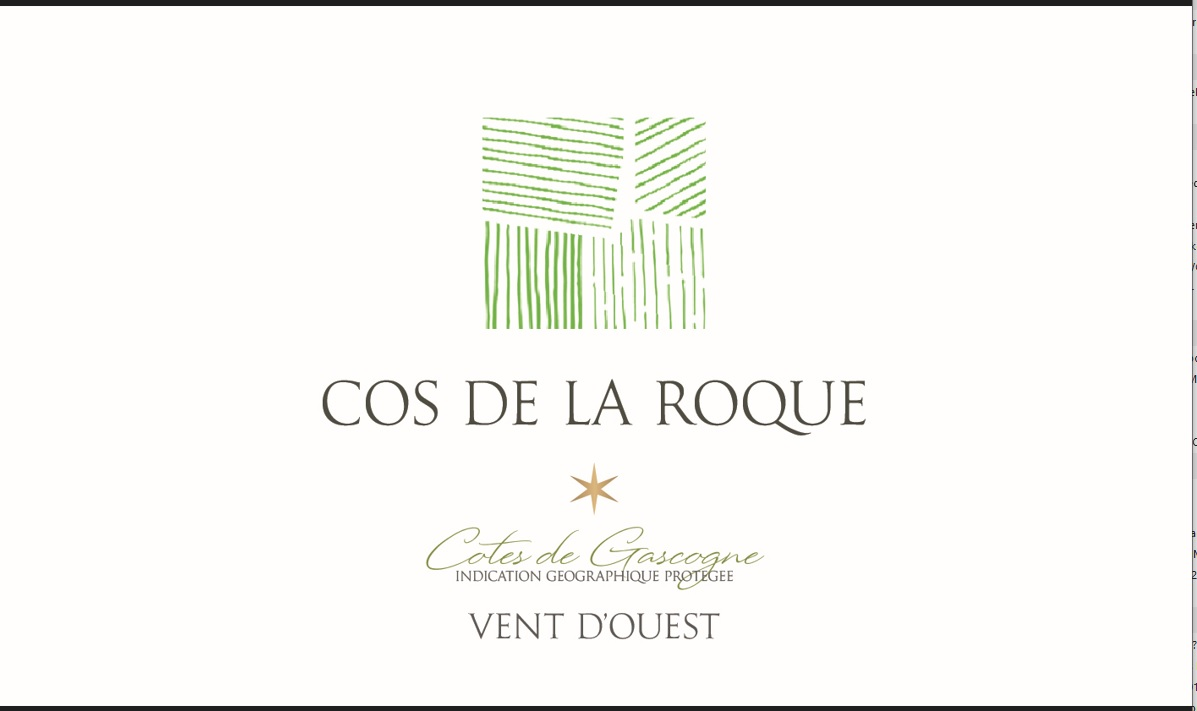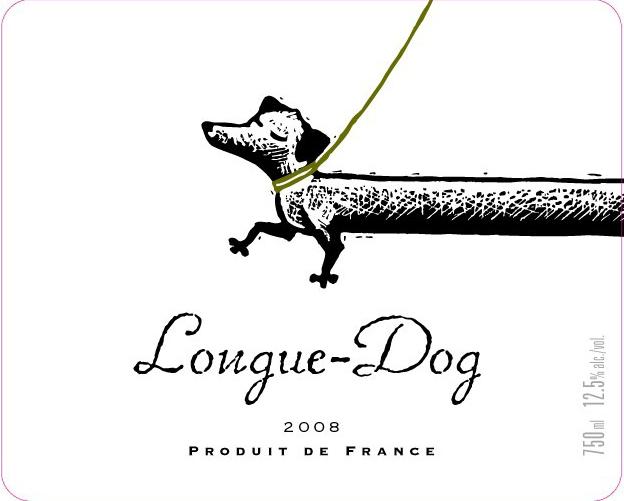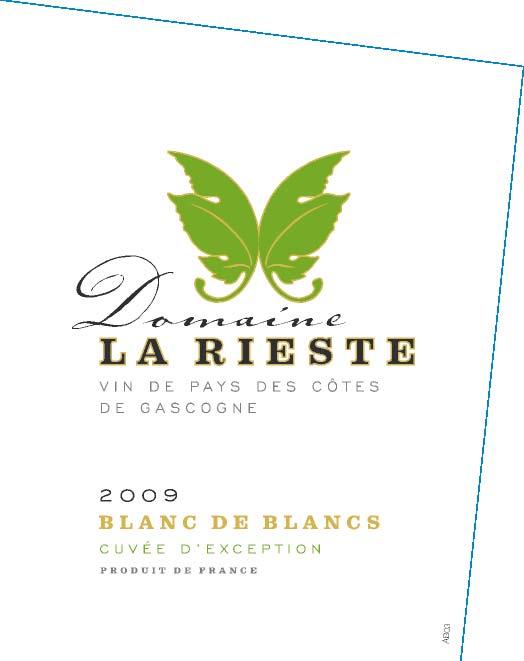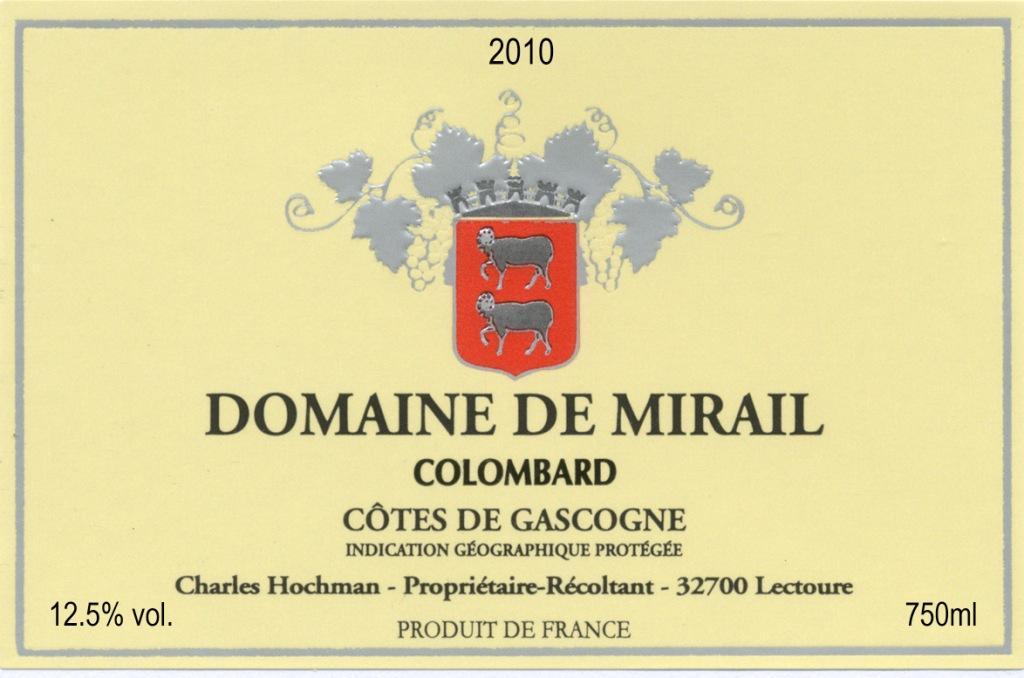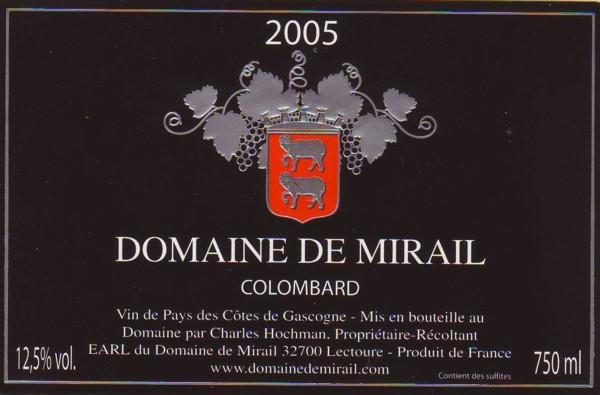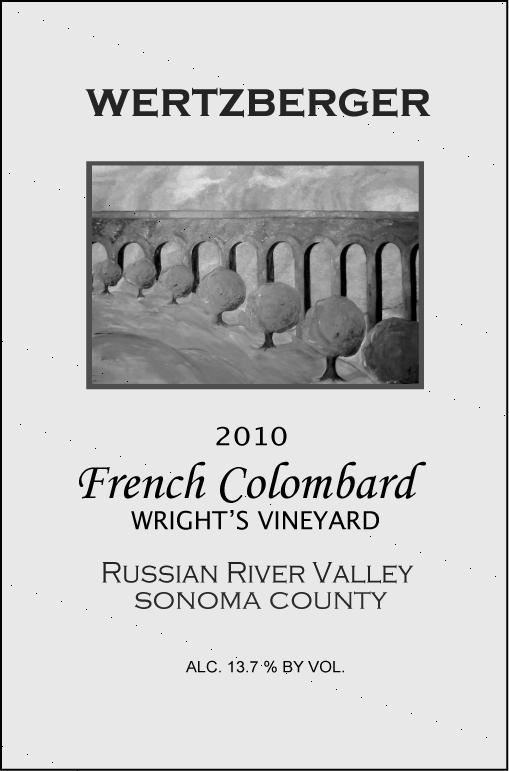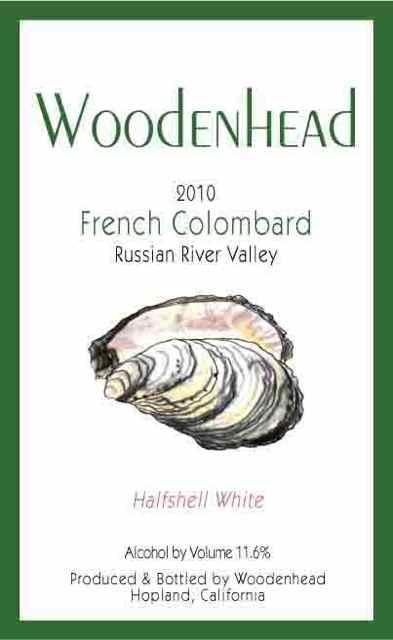Characteristics of Colombard
Colombard is instantly recognizable for its lively, high-acid profile and bright, refreshing character. Most wines made from this grape are light-bodied, with flavors that lean toward green apple and citrus when picked early, and shift to tropical notes in warmer climates or with riper fruit.
The wine almost never shows tannin, and its color is typically a pale straw or lemon-yellow with a hint of green, echoing the grape’s own appearance. Sometimes, you’ll also find a subtle herbaceous or mineral streak that adds an extra layer of interest.
What Does Colombard Taste Like?
Colombard’s flavor spectrum is closely tied to climate and regional influences, resulting in a dynamic range of expressions:
-
Cooler Climates & Early Harvests: Expect brisk acidity and bright notes of green apple, lemon, lime, and grapefruit zest. Occasionally, a tart pear or subtle grassy, herbal nuance appears, lending extra freshness and lift.
-
Warmer Climates & Riper Grapes: With more sun, Colombard takes on a juicier, tropical character—think guava, pineapple, passionfruit, honeydew, and stone fruits like peach or apricot. Despite this ripeness, its trademark acidity remains, keeping the palate lively.
-
Regional Nuances: Depending on site and winemaking, you might also find floral hints (citrus blossom, white flowers), a touch of minerality or saltiness, and, rarely, a whisper of almond.
No matter the origin, Colombard’s hallmark is its vibrant, thirst-quenching acidity framing the fruit-driven profile.
Notable Region Colombard Grows In
Colombard’s character shifts dramatically depending on where it’s grown, with each region highlighting a different aspect of the grape’s natural acidity and fruit profile.
-
Southwest France – Gascogne: The heartland for fresh, aromatic Colombard blends, where stainless steel fermentation preserves vibrant citrus and green apple notes in crisp, unoaked whites.
-
California (Coastal & Central Valley): Once a workhorse for bulk wine, California now produces lively, varietal Colombard from old vines, showing everything from zesty citrus to tropical fruit, always with signature bright acidity.
-
South Africa: Known locally as "Colombar," this region crafts both brandy bases and tropical-tinged table wines—often from old vines—balancing ripe guava and pineapple flavors with refreshing acidity.
-
Australia: Primarily used in blends for high-volume wines, Australian Colombard stands out for its crisp, dry style and subtle notes of passionfruit and lychee, especially from warmer inland regions.
Food Pairings
Colombard’s vibrant acidity and light body make it a versatile companion for a wide range of dishes, especially those that highlight freshness and delicate flavors.
-
Seafood and Fresh Salads: The wine’s crisp, citrus-driven profile is a natural match for oysters, grilled shrimp, ceviche, and light white fish, as well as salads with vinaigrette, citrus, or tangy cheeses like goat cheese or feta.
-
Poultry, Spicy, and Vegetarian Fare: Grilled or roasted chicken with lemon and herbs, mildly spicy Asian dishes, and vegetable-focused plates like stir-fries or pasta primavera all benefit from Colombard’s palate-cleansing acidity and subtle fruit notes.
-
Cheeses and Appetizers: Enjoy Colombard alongside creamy cheeses such as Brie, Camembert, or fresh mozzarella, or as a refreshing aperitif with a charcuterie board—just remember to keep pairings light to let both the wine and food shine.


